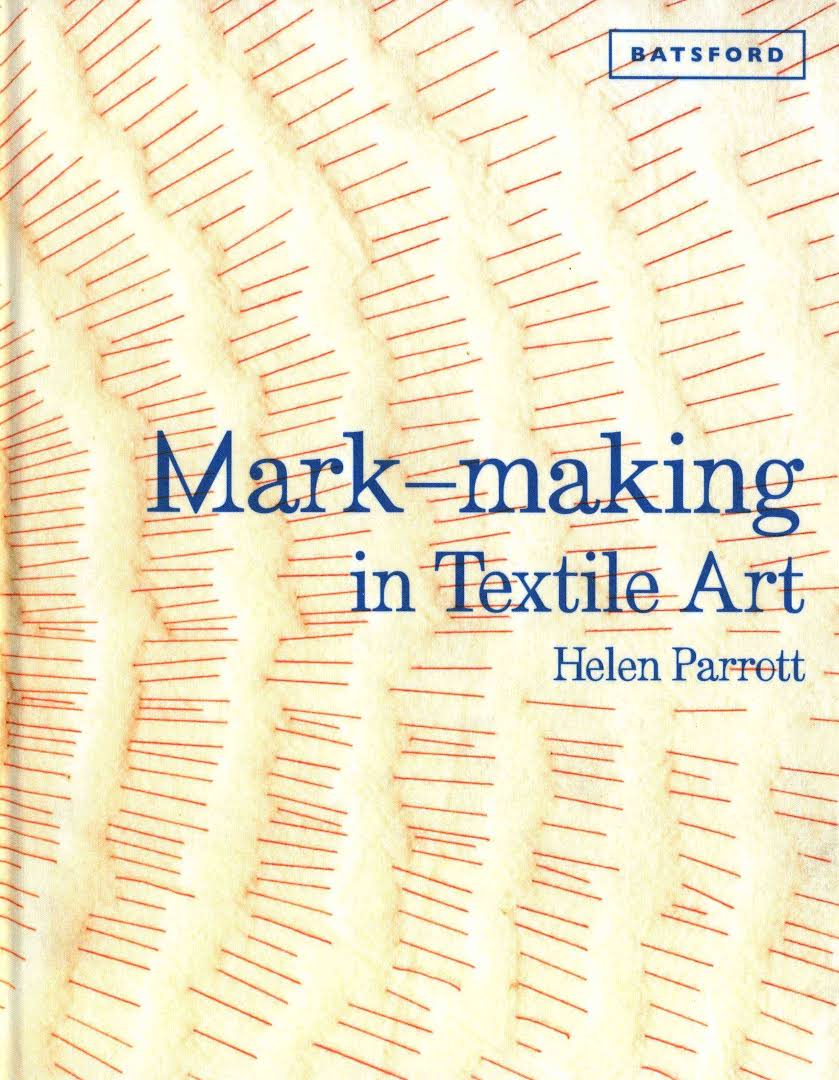Reading list: mending, upcycling, and sustainability
Feb 02, 2023
It's no secret that sustainability, upcycling, and mending are important to me. Repairing my jeans, for instance, not only gives me a pair of pants with a personal touch and tons of character, but it also keeps them out of landfill a little longer and helps me reduce my consumption. When that pair of jeans does wear out to the point of no return, there are lots of ways they can be upcycled to keep them out of landfill that much longer.
With winter upon us, I am naturally turning towards spending more time indoors. I especially love cozying up by the fire with a good book! So this month, I thought it would be appropriate to share with you some of my favourite reads centered around sustainability, mending, and textile arts. Without further ado, here are some of my top picks and why I loved them, in no particular order!
Note: Clicking the titles of these books will take you to my Amazon shop, where if you make a purchase, I may earn a small commission, at no extra cost to you.
1. Thinking Through Craft - Glenn Adamson
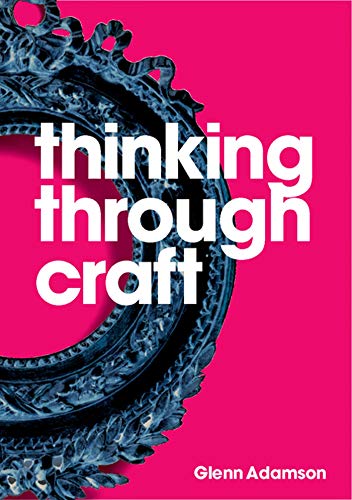
What it's about: Adamson discusses craft and its role and relation to art, and how craft is often perceived as being "inferior" to art despite its centrality to contemporary art.
Why I loved it: As a textile artist, I tend to toe the line between what may people would define as "craft" and "art." This book talks about the nuance of craft in a refreshing way.
2. MEND! A Refashioning Manual and Manifesto - Kate Sekules
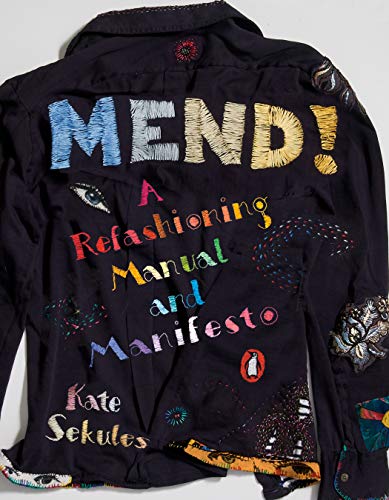
What it's about: This book is a beautiful guide to repairing and renewing your wardrobe through the art of visible mending. Kate gives clear instructions for loads of techniques so that you can breathe new life and character into your worn garments, all while sparking a slow fashion revolution.
Why I loved it: The slow fashion movement is an important one for the health of our planet and its people! I love Kate's attitude of mending as a radical act, and using visible mending as an artistic form of self-expression. She also researches the history of mending, which is incredibly fascinating! There's even an example of centuries old mended knickers.
3. The Pocket - Barbara Burman & Ariane Fennetaux
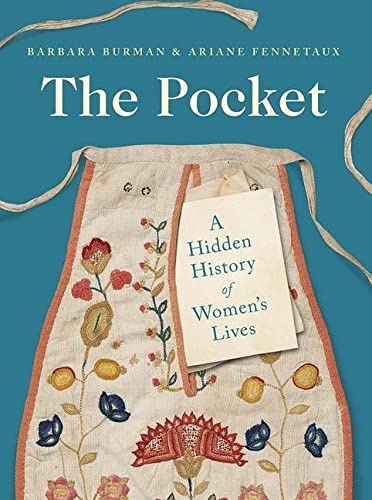
What it's about: This book is a study of the tie-on pocket and its role in women's everyday lives through history, comparing and contrasting the consumption practices, identity, and more of women through various walks of life and social classes.
Why I loved it: I am fascinated by the connections we share as humans and as women, even from vastly different backgrounds. This book was truly enlightening and I love the focus on women's stories.
4. The Subversive Stitch - Rozsika Parker
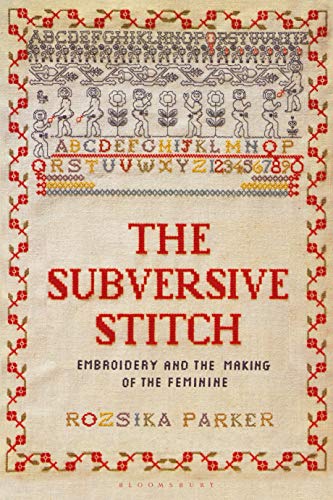
What it's about: This book dives into the history of embroidery and how the separation of embroidery from the fine arts has led to the marginalisation of women's work.
What I loved about it: It's deeply interesting to peruse through accounts, letters, and works of art and see them linked to the marginalisation of women's work. It's allowed me to see embroidery and textile arts in general through a new lens.
5. Make + Mend - Jessica Marquez

What it's about: An introduction to my favoured art form of sashiko, this book includes a variety of projects that bring this ancient Japanese form of mending into a modern light.
What I loved about it: It's always a pleasure to learn more about sashiko stitching and how it's viewed by others in the world of textile arts. I love that Jessica makes these designs so accessible to not only those already interested in sashiko, but to total beginners as well.
6. Threads of Life - Clare Hunter
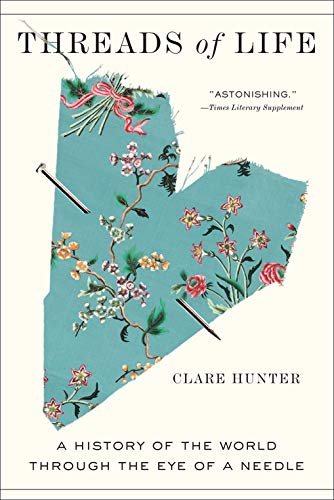
What it's about: Hunter brings to light the integral role that sewing has played in helping men and women from around the world and across centuries to tell their stories
What I loved about it: This book is about more than textile art - it's about our fundamental need as humans to be able to tell our stories, and how sewing has helped us do that throughout history. It's a great reminder of how powerful and meaningful our art can really be.
7. Stitch Stories - Cas Holmes

What it's about: Textile artist Cas Holmes walks us through a number of techniques to begin creating inspired stitched art.
What I loved about it: This book makes creativity feel a bit more accessible, showing that inspiration can be found anywhere and that you don't have to be perfect to start. She has recipes to make your own jelli plates for printing, and demonstrates her techniques throughout.
8. Mark-making in Textile Art - Helen Parrott
What it's about: Covering various techniques for making marks on fabric with thread and exploring the links between stitch and drawing, this is a great book for textile artists looking to add a little something extra to their work.
What I loved about it: This book allowed me to explore the overlap between drawing and stitching and prompted me to think about new and creative ways I can make art. It teaches us new ways of looking and interpreting the world around us.
9. Rapt in Colour - Powerhouse Museum & The Museum of Korean Embroidery
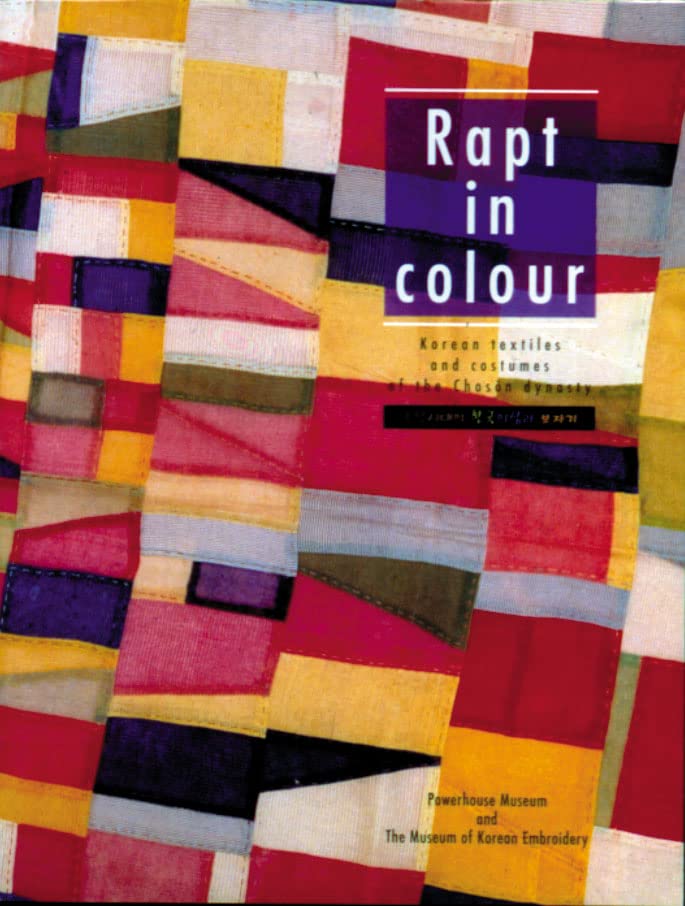
What it's about: Rapt in Colour dives into fashion, design, and culture in Korea during the Choson Dynasty from 1392-1910.
What I loved about it: I have always been fascinated with Korean patchwork bojagi, and I love exploring fashion and design throughout different cultures. This book provides great insight into how unique, traditional Korean wrapping cloths interact with people and cultures across centuries.
10. Slow Stitch - Claire Wellesley-Smith
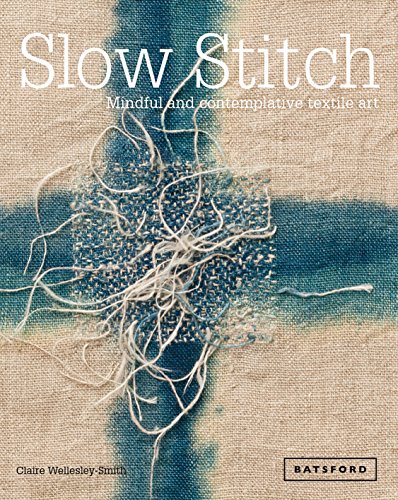
What it's about: Slow Stitch is a guide to stitching in a way that is thoughtful, has meaning, and is sustainable, with an emphasis on "less is more."
What I loved about it: As a strong believer in starting where you are and using what you have, this book was a refreshing reminder that simplicity in craft can be just as - or even more - joyful than using the latest gadgets and trends. Claire has been incorporating the practice of slow stitching in her art for over 10 years and was inspired by the slow food movement that began in Italy.
Of course, we cannot talk about sustainability in the fashion and textile arts space without also talking about the exploitation and oppression of marginalized people. Especially with it being Black History Month, I want to mention a few books that helped open my eyes to the role of race in textiles and the fact that this space cannot be sustainable until there is equitable treatment for the BIPOC folks all along the supply chain.
1. Consumed - Aja Barber
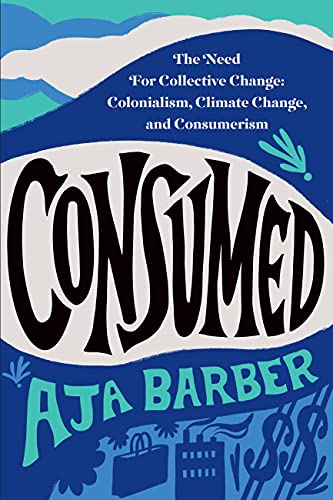
What it's about: This detailed and eye-opening book calls for consumers to take a harder look at our purchasing habits, and to consider how the things we buy are created and who benefits from our consumption. There are ways to solve the problems created by our current (wasteful) system, and Aja talks about what some of those solutions could look like.
What I loved about it: Reading this book helped reiterate how important it is to shop mindfully and locally with some practical steps on how to slow down our consumption of textiles and fashion.
2. This Long Thread - Jen Hewett
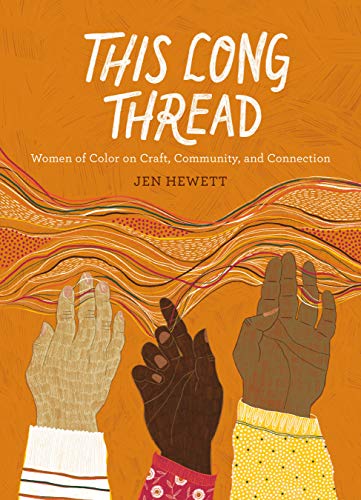
What it's about: Jen Hewett's This Long Thread explores and celebrates the diverse contributions by People of Colour in the field of craft and textile arts, as a response to the unjust lack of visible diversity in this space.
What I loved about it: Reading this book provides a glimpse into the innovative and inspiring work brought to the art world by People of Colour that is often overlooked by mainstream media.
3. The Quilts of Gee's Bend - Susan Goldman Rubin
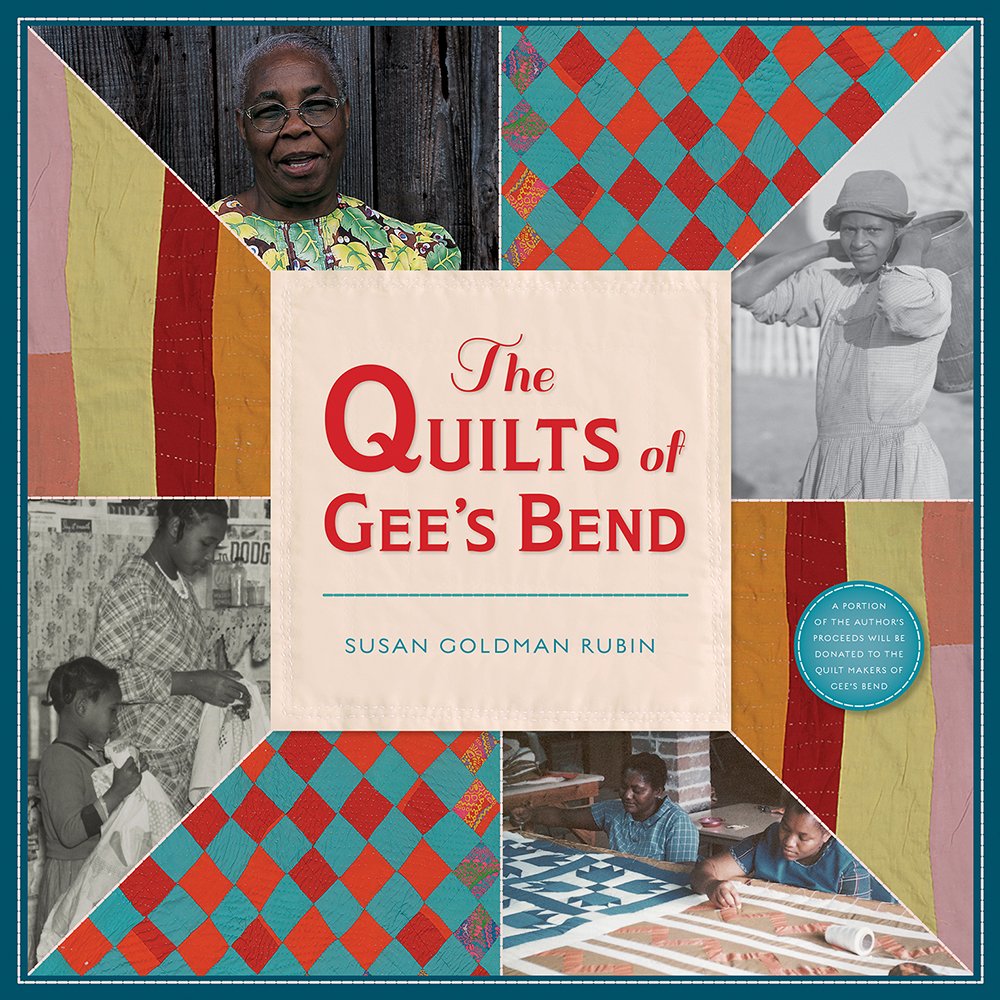
What it's about: This well-researched children's book is all about the quilting traditions of the women in Gee's Bend, Alabama. This photo-essay book journeys through the history and culture of the rural community in Southern Alabama, where African American women have been creating beautiful quilts from whatever they could find - old clothing scraps, aprons, bleached cornmeal sacks - since the early 19th century.
What I loved about it: the stories behind each of the quilts and the vibrancy of the designs.
I would love to read more on this subject, so if you have some recommendations, please email them to [email protected]!

